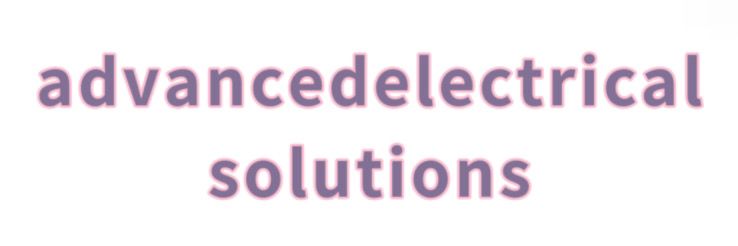Essential Guide to Choosing Copper Welding Cable
Choosing the right welding cable is crucial for ensuring a safe and effective welding operation. Copper welding cables, in particular, have gained popularity in the welding industry due to their excellent conductivity and flexibility. However, with a myriad of options available, making the right choice can be overwhelming. This guide aims to simplify your decision-making process by highlighting essential factors to consider when selecting copper welding cables.
Understanding Cable Specifications
When choosing copper welding cables, it’s essential to understand the specifications associated with them. The two most significant specifications are the gauge (thickness) and the insulation type. The gauge determines the current carrying capacity of the cable. Lower gauge numbers indicate thicker cables, which can handle more current without overheating.
Additionally, the insulation material plays a vital role in cable selection. Common insulation materials include PVC, neoprene, and ethylene-propylene rubber (EPR). Each material offers different properties in terms of heat resistance, flexibility, and durability. For instance, EPR provides superior heat resistance, making it ideal for high-temperature applications.
Assessing Application Needs
Before purchasing copper welding cables, it is essential to assess the specific needs of your application. Factors like the type of welding (MIG, TIG, stick), frequency of use, and working environment can significantly impact your choice. For instance, if you are working in a high-intensity environment, investing in heavier gauge cables will enhance safety and efficiency.
Moreover, the maximum distance between the power source and the welding machine should also be considered. Longer distances may require thicker cables to sustain adequate current flow without significant voltage drop.
Safety Considerations
Safety is paramount when it comes to welding applications. Ensuring that the cables meet the relevant safety standards is crucial. Look for certifications like the Underwriters Laboratories (UL) and the American National Standards Institute (ANSI). These certifications guarantee not only the quality of the cable but also its safety for use in various environments.
Furthermore, proper cable management is essential. This includes adequately securing and organizing cables to prevent tripping hazards and damage. Using protective wraps and cable organizers can help maintain a safe workspace.
Quality Matters
Not all copper welding cables are created equal. Opting for high-quality cables will not only improve efficiency but also prolong the lifespan of your equipment. Brands that are reputable in the welding industry often provide cables that meet strict quality control measures. If you're looking for reliable and durable cables, consider brands like Mingda that specialize in welding cables and offer a broad range of options to suit diverse needs.
Cost-Effectiveness vs. Quality
While it may be tempting to go for the cheaper option, investing in quality copper welding cables pays off in the long run. Poor quality cables can lead to increased maintenance costs, safety hazards, and inefficient performance. A well-constructed cable can significantly reduce operational costs and enhance productivity.
For those who want to dive deeper into the specifications and options available for welding cables, you can learn more about the range of products offered by industry leaders.
In conclusion, selecting the right copper welding cable requires careful consideration of various factors, including specifications, application needs, safety, quality, and cost. By investing time in choosing the right cables, you ensure not only efficiency but also safety in your welding operations.
Ultimately, your choice should align with your specific needs and the quality standards that will enhance your welding experience.
Previous:
None


Comments